The Museum of the Great Madness
Jared Taylor, American Renaissance, June 25, 2021
How we will warn against the terrible mistakes of our time.
Thumbnail credit: Bernt Rostad via Flickr / CC by 2.0
This video is available on BitChute and Brighteon.
Two years ago, I visited Vilnius, the capital of Lithuania. It is a beautiful city, though it lacks the diversity Americans are supposed to celebrate.
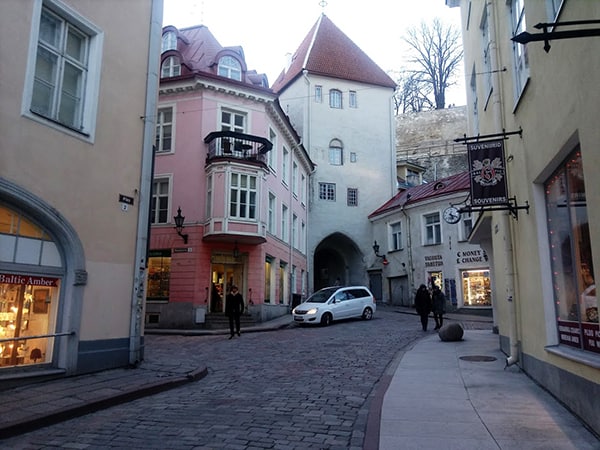
During the Second World War, in 1940, the Soviet Union invaded and occupied Lithuania, which regained its independence only in 1991. While I was in the country, I visited the Museum of Occupations and Freedom Fights, better known as the KGB Museum, because it is in the former KGB headquarters.
It is a somber memorial to 50 years of tyranny, and parts of the building are just as they were under the occupation. Here are two holding cells, not even the size of phone booths, where dissidents were held — in complete darkness — for days at a time.
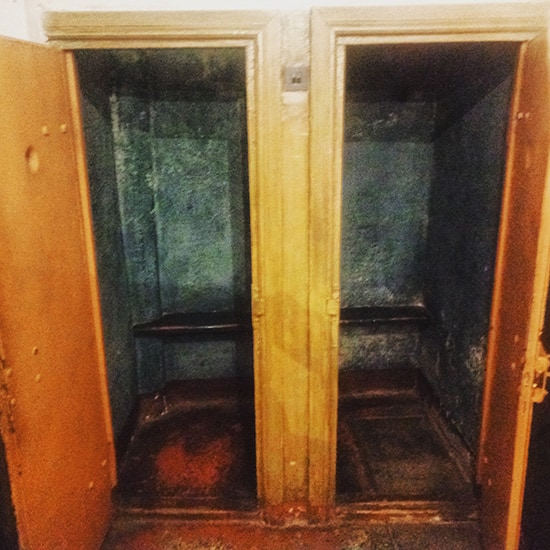
This is the door to long-term cell number four. You can see the bed through the trap door for delivering food.

Here is a KGB interrogator’s desk.
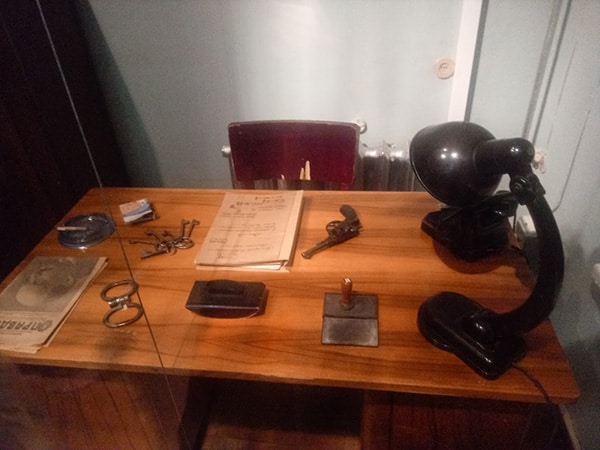
The Soviets executed more than 1,000 people in the basement of this building.
But the museum is also a tribute to Lithuanians who fought for freedom. Known as the Forest Brothers, they hid out and fought the Soviets for nine years before they were finally crushed. Women were essential to the struggle, in which an estimated 30,000 partisans died. Here is a woman being decorated for her service to her country. The Forest Brothers always hoped for aid from the West — but it never came. They fought alone.
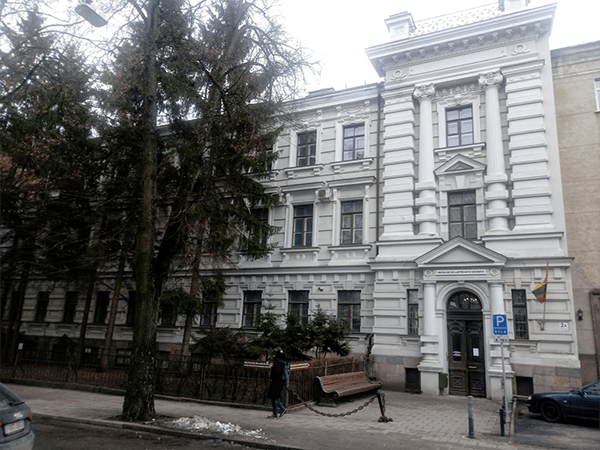
The museum now stands as a warning of a terrible time that must never be repeated, and a monument to the courageous men and women who fought to preserve a wonderful heritage.
Like the Lithuanians, we are living through a dark time. Our country is consumed by madness. As I have said before, we are in a period of mass delusion of historic proportions. It is as divorced from reality as the Dutch tulip mania of the 17th century, when a single tulip bulb sold for ten times the income of a skilled artisan – and then crashed. Even more to the point, it is like the Salem witch trials, in which wild accusations brought ruin.
I’m talking, of course, about today’s racial dogma, in which everything has been stood on its head: Washington and Columbus aren’t heroes; they’re villains. Western Civilization isn’t a magnificent achievement; it’s a crime spree. Math and music theory aren’t objective analysis; they’re white supremacy. Whites didn’t build America; black slaves and Chinese coolies did. Black or Hispanic ghettos aren’t a plague; they are the source of white privilege.
All forms of mass hysteria eventually burn out. The tulip bubble burst after four months. The people of Salem more or less came to their senses in five months. But don’t forget: The Soviet Union was built on mass delusion, but it staggered on for more than 70 years.
I don’t know when, but some day, we will have our own version of the Museum of Occupations and Freedom Fights, and it will have the same purpose. It will remind us of our terrible nightmare and will be our solemn pledge never to make the same mistakes. What will we call it? The Museum of the Great Madness? The House of European Renewal? I don’t know.
But there will be all kinds of exhibits. Video clips of prominent Americans saying, “Diversity is our greatest strength.” Newspaper descriptions of crime suspects that include height, color of clothes, and make of getaway car, but leave out one very useful detail. Training materials for fourth-graders that explain that whites are, by their very nature, oppressors. Photos of the statues of whites that were vandalized or came down to appease BLM rioters. Maybe the tax returns of non-whites who made fortunes denouncing “white privilege.” Accounts of the astonishing power private companies then had to squelch the truth and punish dissenters. Tales of the terror that followed when anyone dared pronounce the heretical words: “It’s OK to be white.”
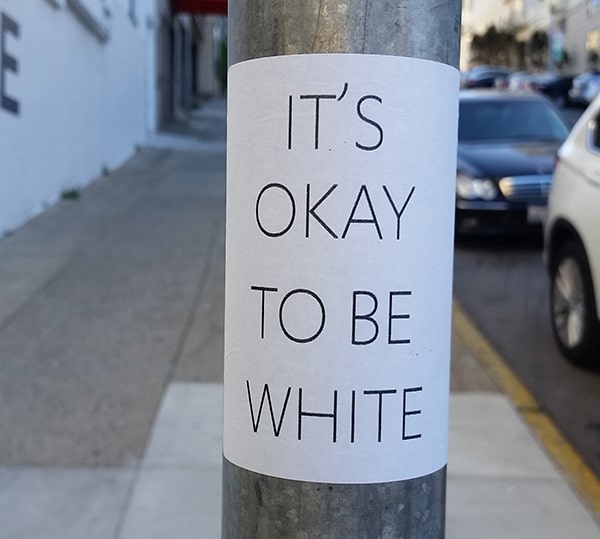
Of course, there will be an entire room dedicated to what became known as the Cult of the Adoration of the Negro. Its patron saint was a holy and blameless man who died for the sins of white people everywhere. The day of his death became a feast day to rival Christmas. Here, Congressional leaders from that dark era bow their heads in adoration. Maybe there will even be relics of the saint himself to remind future generations of the scale and intensity of the cult. I believe it will be generally recognized that the 2020s were the worst years of the great madness.
I may not live to set foot in the museum, but some of you will. You will take your children, and on the way home, they will ask, “Daddy? (Or Mommy?) “Did white people really believe it was a wonderful thing to become outnumbered by blacks and Muslims and Guatemalans?” And you will answer, “Yes, they did. Or, if they didn’t they were too terrified to say so, because of the great terror.” And then will come the hard question: “Daddy, did you ever go along with that horrible stuff?”
And may you, ladies and gentlemen, be among those who can truthfully say, “No. I fought it with all my strength, and in my own small way, I helped bring about the wonderful world we live in today.”















